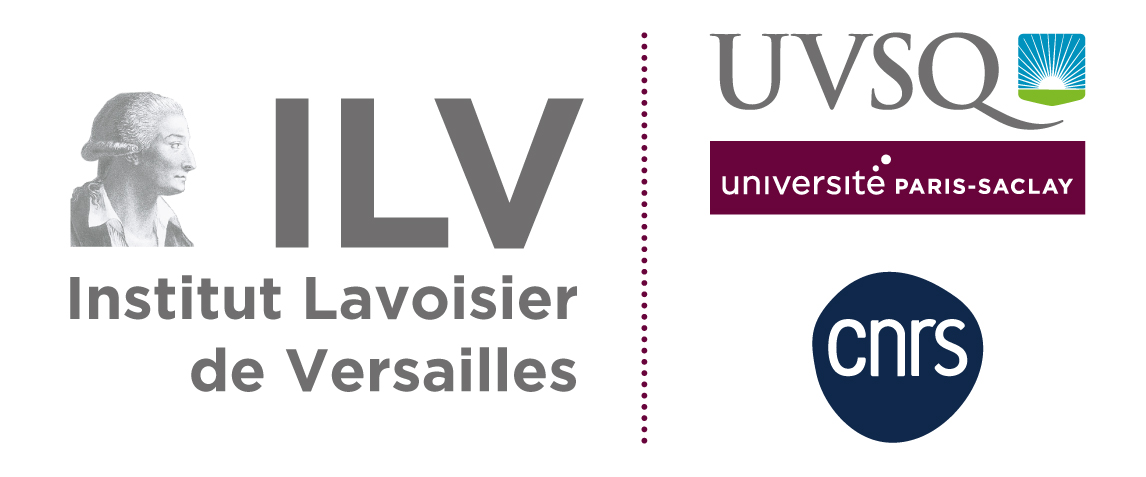Vous êtes ici : ILVFRSéminaires
- Partager cette page :
- Version PDF
Structuring cell-material interfaces in 3D biopolymer foams using ice templating.
Francisco M. FERNANDES (Laboratoire Chimie de la Matière Condensée de Paris, Sorbonne Université, Paris, France)
le 20 novembre 2018
Mardi 20 novembre 2018 à 14h
UFR des Sciences
Salle de conférence de l'ILV 2ème étage.
Salle de conférence de l'ILV 2ème étage.
Macroporous materials are omnipresent in everyday life. They range from natural examples such as trabecular bone, balsa wood or cork [1] to man-made materials used in antifrost surfaces [2] or water harvesting devices [3]. Several processing strategies are available to elaborate such porous structures, however few are as straightforward as freeze-casting, a technique based on oriented ice templating that has gained considerable momentum during the last decade [4]. Freeze-casting relies on the use of ice crystal growth to create porosity. The method presents the advantage of being easy to implement, cost effective and applicable to a wide range of materials. As the technique relies on the use of low temperatures it can be particularly relevant in the processing of materials prone to thermal denaturation such as biopolymers [5].
In this seminar, we will discuss some of our recent results in the development of new 3D cell culture systems based on freeze casting of biopolymer solutions. We show how a wide variety of cell types (yeast, bacteria, fibroblasts and myoblasts) can be successfully hosted in self-supported macroporous materials obtained by freeze casting. We explore different biopolymer compositions (collagen, alginate, pectin and silk fibroin) to produce oriented porous scaffolds that promote cell colonization and migration. Moreover, we report how the freeze casting technique can be modulated to induce the supramolecular assembly of type I collagen [6] or the Ca2+ crosslinking of alginate [7] without the drying step, opening an exciting pathway to the elaboration of cell-laden oriented macroporous hydrogels. Finally, the ability of the freeze casting technique to promote the encapsulation of living cells will be discussed as an alternative approach for the development of cellularized materials [8].
[1]. L.J. Gibson, M.F. Ashby, B.A. Harley, 2010, Cellular Materials in Nature and Medicine, Cambridge University, Cambridge, UK.
[2]. P. Kim, et al., ACS Nano. 2012, 6, 6569–6577.
[3]. H. Yang, et al., Adv. Mater. 2013, 25 1150–1154.
[4]. S. Deville, et al., Science 2006, 311, 515–518.
[5]. S. Christoph et al., Chem. Eng. J. 2018 350, 20–28.
[6]. C. Rieu et al. ArXiv 2018, 1809.02427.
[7]. C. Eschenbrenner et al. (in preparation)
[8]. S. Christoph et al, Macromol Biosci. 2016, 16, 182-187.






